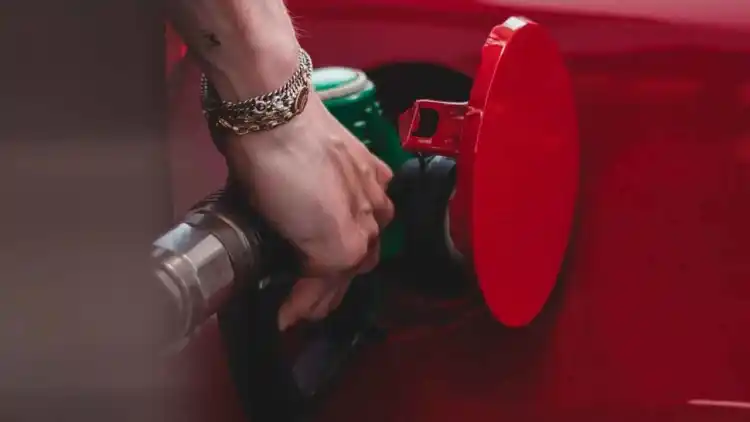- What Is Engine Braking and How Does It Work?
- How to Use Engine Braking Correctly
- Benefits of Engine Braking
- Tips to Learn Engine Braking
When driving, many people think it’s simple: press the accelerator to speed up and press the brakes to stop. However, the engine itself can help slow the car down in certain situations, a concept known as "engine braking." This is different from "breaking in an engine," which refers to the initial running-in period of a new engine.
What Is Engine Braking and How Does It Work?
When you lift your foot off the accelerator pedal, the intake valves close, creating a vacuum inside the engine. This vacuum increases resistance against the pistons and other moving parts inside the engine, causing the engine’s rotation to slow down. You can think of it as the wheels trying to push the engine instead of the engine pushing the wheels, but the vacuum makes this difficult, thus slowing the vehicle.
Simply put, lifting your foot off the accelerator initiates engine braking. Drivers often also downshift to a lower gear in manual transmissions, where the gear ratios increase resistance, further slowing the car.
How to Use Engine Braking Correctly
Using engine braking along with downshifting can be a bit tricky. When you downshift, the engine moves to a higher gear ratio, requiring a higher engine speed to maintain the same power output. If you don’t slow down first, downshifting can cause the engine to over-rev, potentially damaging it severely—such as breaking the connecting rods that link pistons to the crankshaft, which can lead to catastrophic engine failure.
To avoid this, first lift your foot off the accelerator to let the engine slow the car. Then press the clutch pedal, select the lower gear, and smoothly release the clutch while gently pressing the accelerator to match engine speed with road speed. You can listen to the engine sound or watch the tachometer to time this correctly.
In automatic or dual-clutch transmissions, these processes happen automatically without driver intervention.
Benefits of Engine Braking
Engine braking is safe and causes no harm to the vehicle if used properly—a common misconception among many drivers. Lifting your foot off the accelerator does not strain the engine; instead, it helps slow the car without overusing the brakes.
Key benefits include reducing brake wear, which extends brake life and lowers maintenance costs. It also provides better control on slippery roads compared to sudden braking.
Using engine braking can also reduce traffic congestion. Brake lights signal cars behind to stop suddenly, while engine braking allows for smoother deceleration without abrupt stops.
Even vehicles with continuously variable transmissions (CVT) benefit from engine braking because the deceleration force comes from the engine itself, not just the transmission.
Tips to Learn Engine Braking
Listen to engine sounds and watch the tachometer to learn when and how to downshift.
Practice engine braking on safe, low-traffic roads to get accustomed to the feel.
Avoid downshifting too quickly or abruptly to prevent engine damage.
For automatic cars, consult the owner’s manual to understand driving modes that support engine braking.
Engine braking is a simple yet effective technique that slows the car by using engine resistance instead of relying solely on the brakes. When used correctly, it enhances safety, reduces brake wear, and improves the overall driving experience. Therefore, it is important for drivers to learn how to use this technique for smoother and more efficient driving.













